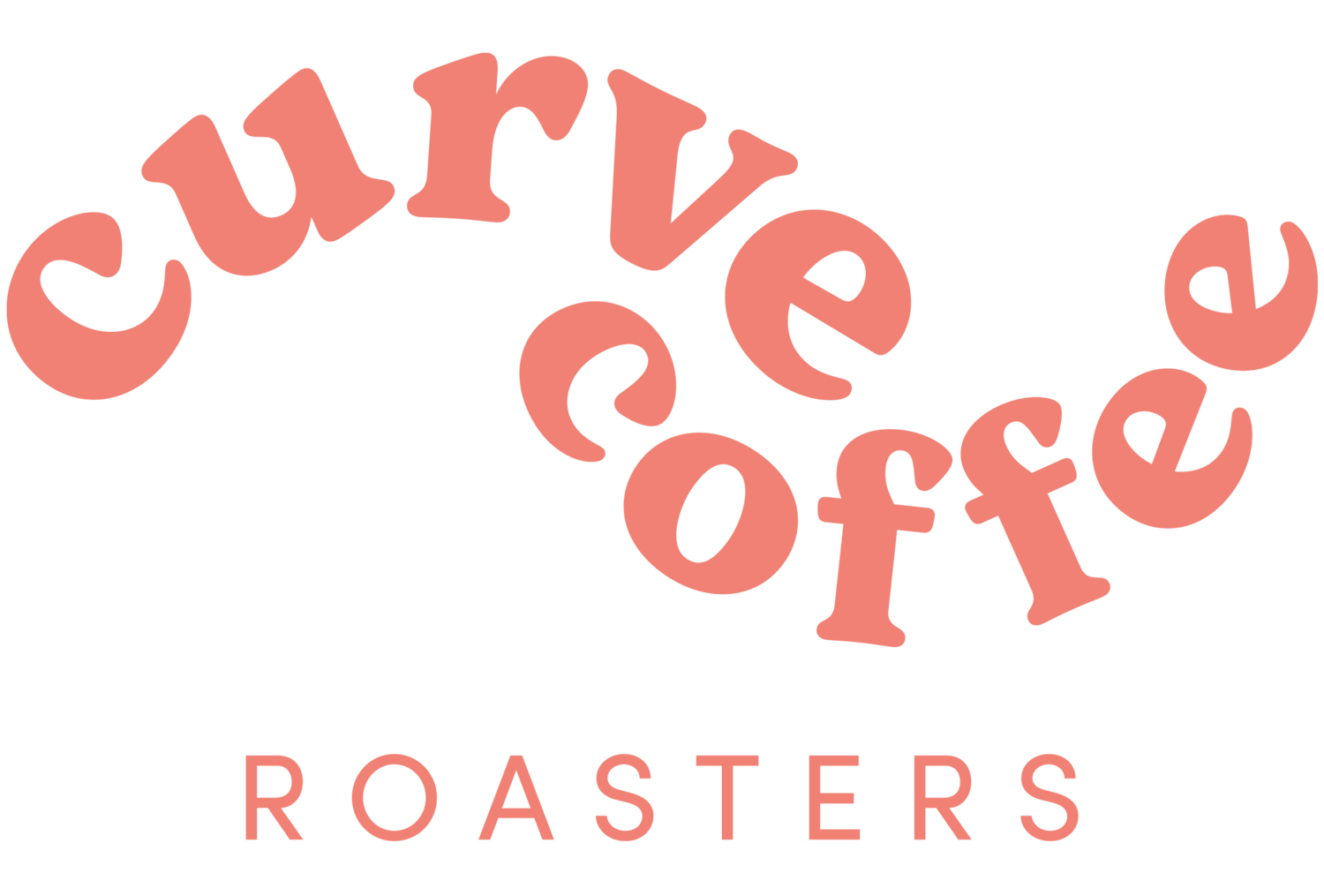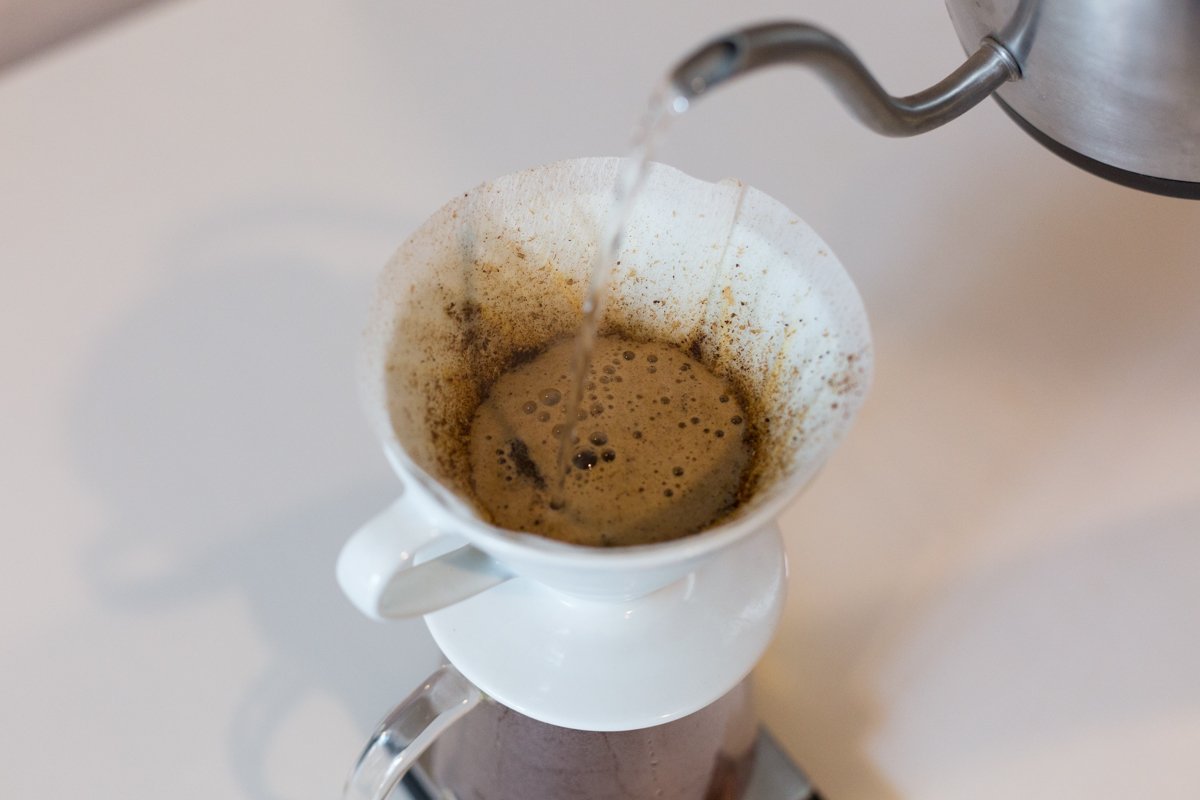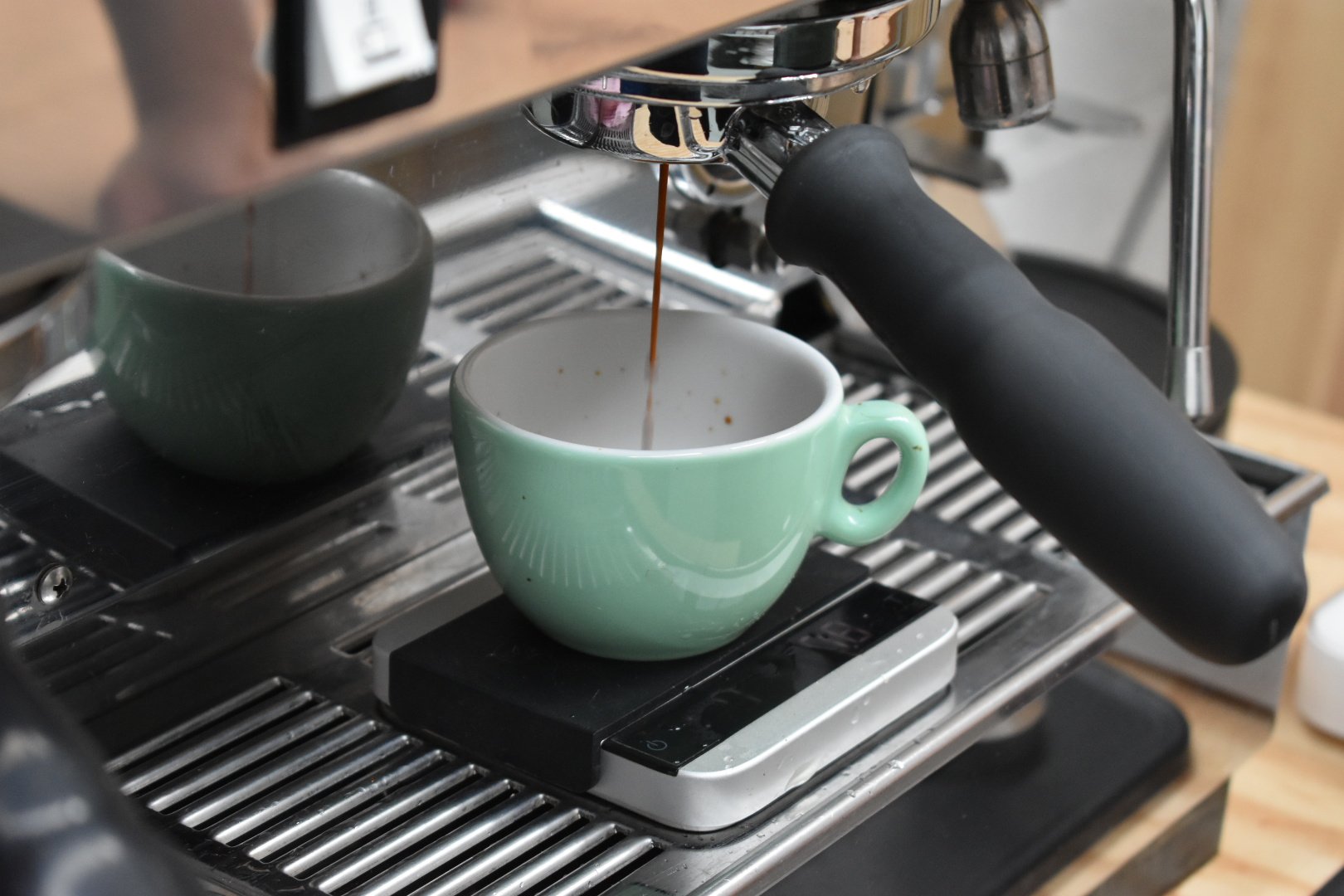Brewing coffee at home
We often get asked for brewing advice and tips on how to get the most out of the coffees you purchase to make at home. We would always encourage you to experiment and find out what it is that you like. That being said, there are some basic principles that will almost certainly improve your brews and having a recipe to follow will help with getting consistent results time and time again. Hopefully the below tips and methods using various different brewing devices will help you make some proper banging brews at home!
Some general tips & brewing principles:
BREWING METHODS : FULL IMMERSION, PERCOLATION, ESPRESSO.
Not that one is better than the other but they provide different results and it is just useful to choose a method you like the most.
FULL IMMERSION. When we talk about full immersion we mean brewing methods like Cafetiere or Aeropress where coffee if fully immersed in water for the duration of brewing. Brewing with a cafetière or aeropress is very versatile and quite forgiving. You get full control of your brew using the key extraction variables - brew ratio, grind size and extraction time.
PERCOLATION refers to brews in which water extracts coffee solids by passing through the bed of grounds such as V60, Chemex, Orea or automatic drip filter machines. When using V60s, Chemex and other types of manual drip filter, there is one added variable to percolation aside of grind size and brew ratio and that is the pouring technique. The way that you pour water onto the bed of ground coffee (speed, hight, pouring pattern) can have a big impact on extraction rate and the final flavour of your coffee. Goose neck kettles are great to help you control your pour. When done with care, the results can be wonderfully crisp, clean, sweet and complex.
The crucial difference between a percolation and an immersion is simple: a percolation extracts coffee with clean water, and an immersion extracts coffee with water that is gradually becoming more and more concentrated, because water sits in with the coffee grounds for the whole brew.
ESPRESSO (and to an extent Moka Pot) is a type of percolation that involves machinery using high pressure and very concentrated brewing ratio of high coffee to water concentration so it is generally put in its own separate category. Resulting brews are likely to be rich and full-bodied. When venturing into the espresso territory, you will need a substantial amount of equipment and skill to get good and consistent results. The experience can be very fun and rewarding and you can expect a very intense flavour experience with a thick mouthfeel.
WATER. Water is the driver for flavour extraction in coffee and its quality and composition plays a major part in how much and what you can extract from coffee. Your favourite speciality coffee shop had most likely invested in a quality water filtration system tailored to the particular water quality in their ares. This is not only to protect their equipment but also to make your coffee taste as delicious as possible. While we don’t encourage you to spend hundreds of pounds on commercial filtration system, investing in a small filter jug and using filtered water for brewing is likely to make your brew much more vibrant and aromatic.
GRINDING. Grinding fresh just before brewing makes an immense difference on the amount or aromatics you’ll be able to enjoy in your brew. It is said, that around 60% of aromatic compounds dissipate from coffee within around 20 min after grinding. Investing in a small hand or electric grinder will be worth it. Look out for burr grinders rather than blade grinders to have control over coarseness and consistency of the grind.
We have a couple of great options for home use grinders on our webshop.




